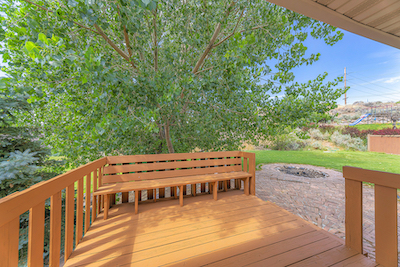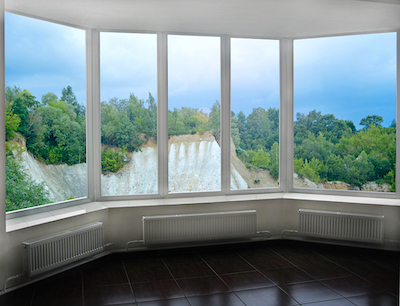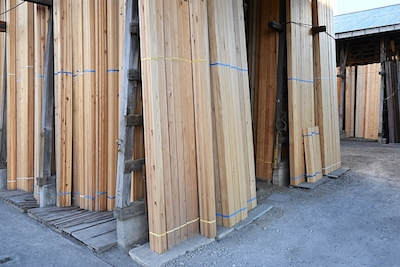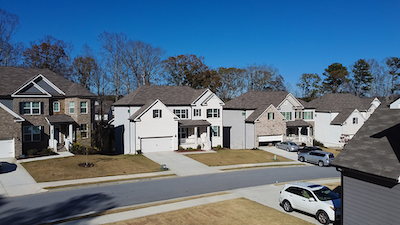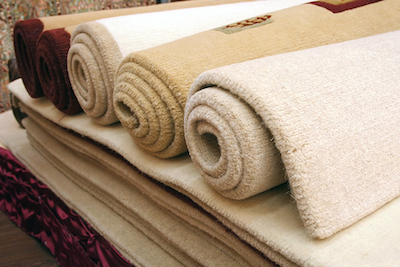When it comes to building a deck for your home, the materials you choose can make all the difference in terms of aesthetics, durability, and maintenance. Wood and composite decking are two popular choices for homeowners, each with their own unique set of benefits and drawbacks. In this article, we will explore the key differences between wood and composite decks, including factors like cost, appearance, longevity, and maintenance, to help you make an informed decision for your home improvement project.
I. Material Composition
- Wood Decks
Wood decking is made from natural lumber, typically sourced from sustainably harvested forests. Common wood types used for decks include pressure-treated pine, cedar, redwood, and tropical hardwoods such as ipe and teak. Each wood species has its own unique characteristics in terms of color, grain pattern, and durability.
- Composite Decks
Composite decking is made from a blend of wood fibers and plastic materials. The wood fibers, often sourced from recycled wood products, are combined with plastics, such as polyethylene or PVC, to create a strong, durable, and low-maintenance material. The composite material is then shaped into deck boards, with the final product designed to mimic the look of natural wood.
II. Cost
- Wood Decks
Wood decks tend to be more affordable upfront, with the cost of materials ranging from $2 to $5 per square foot for pressure-treated pine, to $6 to $8 per square foot for cedar and redwood. Tropical hardwoods, such as ipe, can cost as much as $10 to $15 per square foot. However, the long-term costs of maintenance and potential repairs should be considered, as wood decks require regular upkeep to maintain their appearance and structural integrity.
- Composite Decks
Composite decking materials are generally more expensive upfront, with costs ranging from $8 to $12 per square foot. However, the long-term savings in maintenance and potential repairs can offset the higher initial investment. Additionally, many composite decking manufacturers offer warranties on their products, providing added peace of mind for homeowners.
III. Appearance
- Wood Decks
The natural beauty of wood is one of the main reasons homeowners choose it for their decks. Wood offers a variety of colors and grain patterns, allowing for a highly customizable and unique outdoor space. Over time, wood decks will develop a patina, which can add character and warmth to the structure. However, the appearance of a wood deck can also change due to factors such as weathering, staining, and potential damage from insects or rot.
- Composite Decks
Composite decking is designed to mimic the look of natural wood, offering a wide range of colors and grain patterns. While some composite products may not perfectly capture the warmth and character of natural wood, advances in manufacturing have resulted in increasingly realistic and attractive composite decking options. Additionally, composite decks maintain their color and appearance with minimal fading or staining over time.
IV. Longevity and Durability
- Wood Decks
The longevity and durability of a wood deck depend on the species of wood chosen and how well it is maintained. Pressure-treated pine decks can last 10 to 15 years, while cedar and redwood decks have a lifespan of 15 to 20 years. Tropical hardwoods, such as ipe, can last up to 25 years or more with proper care. Wood decks are susceptible to damage from moisture, insects, and rot, which can shorten their lifespan if not properly addressed.
- Composite Decks
Composite decking is designed for longevity and durability, with many products offering warranties of 25 years or more. The material is resistant to moisture, insects, and rot, which greatly reduces the risk of damage over time.
V. Maintenance
- Wood Decks
Wood decks require regular maintenance to preserve their appearance and structural integrity. Maintenance tasks include annual cleaning, sealing, staining, and refinishing. Additionally, wood decks may need to be sanded and repaired periodically to address issues such as splinters, cracks, and warped or damaged boards. Failure to properly maintain a wood deck can lead to a shortened lifespan and increased repair costs.
- Composite Decks
One of the main advantages of composite decking is its low-maintenance nature. Composite decks do not require sealing, staining, or refinishing, and they are less likely to warp, crack, or splinter compared to wood decks. Regular cleaning with soap and water is typically all that is needed to maintain the appearance of a composite deck. However, composite decks can still be susceptible to staining from grease, oil, or other substances, so prompt removal of spills is essential.
VI. Environmental Impact
- Wood Decks
The environmental impact of wood decks depends on the source of the lumber and the chemicals used in the pressure-treating process. Responsibly sourced, sustainably harvested wood is considered an eco-friendly option, as it is a renewable resource that can be replaced over time. However, the use of chemicals in pressure-treated wood can have negative environmental consequences, and some tropical hardwoods are harvested from endangered ecosystems, raising concerns about deforestation.
- Composite Decks
Composite decking is often marketed as an eco-friendly alternative to wood, as it uses recycled wood fibers and plastics in its production. This reduces waste and conserves natural resources. However, the production of composite materials still requires energy and generates greenhouse gas emissions. Furthermore, composite decking is not biodegradable, which can be a concern when it comes to disposal at the end of its lifespan.
VII. Safety
- Wood Decks
Wood decks can present safety hazards if not properly maintained. Splinters, cracks, and warped boards can pose tripping hazards, while moisture damage can lead to structural issues and potential collapse. Proper maintenance and regular inspections are essential to ensure a safe and stable wood deck.
- Composite Decks
Composite decking is generally considered safer than wood decking, as it is less prone to splintering, cracking, and warping. Additionally, many composite decking products are designed with slip-resistant surfaces, reducing the risk of accidents in wet conditions. However, some composite materials can become hotter than wood when exposed to direct sunlight, which may be a consideration for homeowners in particularly sunny climates.
Both wood and composite decks offer unique benefits and drawbacks, making the decision between the two largely dependent on personal preferences and priorities. Wood decks offer natural beauty and customization options at a lower upfront cost, but they require regular maintenance and may have a shorter lifespan. Composite decks, on the other hand, provide low-maintenance durability and consistent appearance, but at a higher initial investment.
When considering which option is right for your home, it is important to weigh factors such as cost, appearance, longevity, maintenance, environmental impact, and safety. By carefully evaluating these factors and your specific needs, you can make the best choice for your outdoor living space and enjoy a beautiful, functional deck for years to come.










